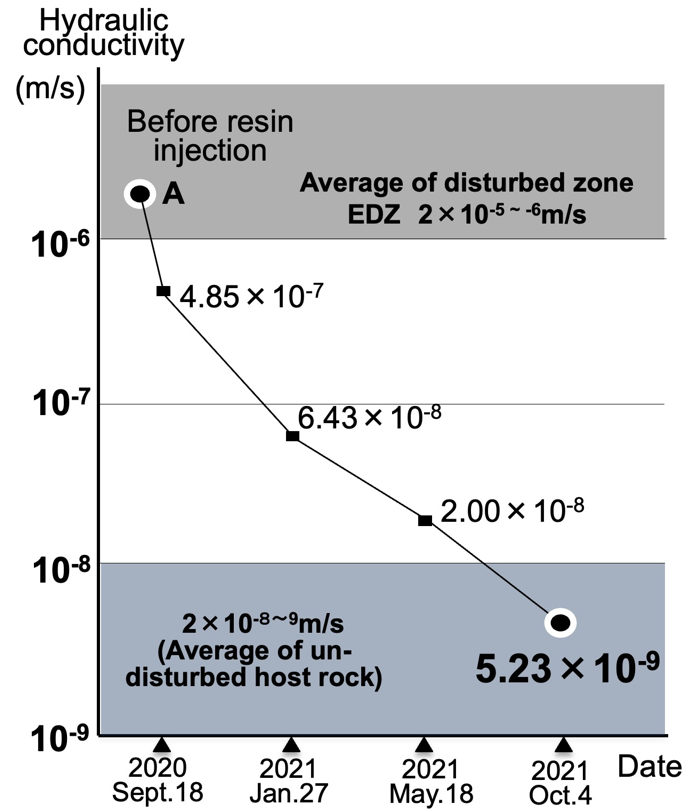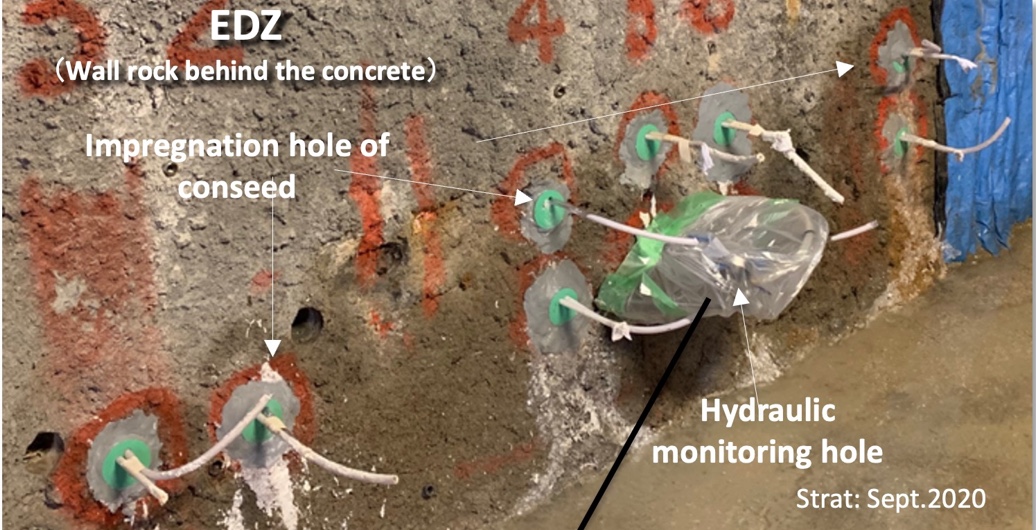Wells and underground excavations typically require effective permanent sealing when they have fulfilled their intended functions. Abandonment of hydrocarbon production or CO₂ injection wells or sealing of underground waste repositories are key examples of this.
Seals must render potential bedrock flow paths impermeable. Examples of possible flow-paths are fractures, fracture zones and fault crushed zones that are intersected by wells or underground excavations, and damaged rock around boreholes or excavations.
However, commonly used cement sealing materials may be insufficiently durable to achieve permanent sealing due to long-term leaching of key constituents, for example Ca(OH)₂ by formation waters. In addition, physical perturbations of seals, such as those caused by earthquakes, must also be taken into account for any kind of long-term usage of the underground environment.
Through the study of the natural formation process of spherical calcium carbonate concretions, a team of researchers from Japan and the UK have successfully developed a technology for rapidly producing long-lasting seals. This technology stimulates calcite (CaCO3) precipitation along flow-paths by using a concretion-forming resin. The aim is to reproduce the process by which spherical calcite concretions form naturally.
The sealing capability of resin has been tested by in-situ experiments on bedrock flow paths next to a tunnel in an underground research laboratory (URL) at 350 meters depth at Horonobe, Hokkaido, Japan. The results of all experiments showed a decrease in permeability to as low as 1/100 to 1/1,000 of the initial permeability over a period of one year.

Earthquakes
During the experiment, earthquakes with focal points at 2 to 7 km and a maximum magnitude of M5.4 occurred below the test site and disturbed the seals. However, the flow-paths sealed initially by the concretion-forming resin were resealed rapidly, and within a few months had recovered to the same hydraulic conductivities as those occurring before the earthquakes.
All data provided by in-situ hydraulic tests, core observations after monitoring, and detailed mineralogical and geochemical analysis show that the fracture network developed in the excavation damaged zone (EDZ) around the tunnel was rapidly sealed by synthetically formed calcite.
This calcite formed due to super-saturation caused by synthetic ‘concretion-seeds’ reacting with groundwater constituents. The results of the in-situ test show that even in the face of earthquake shocks the new technique produces flow-path seals that are durable and potentially have a wide range of subsurface applications.





